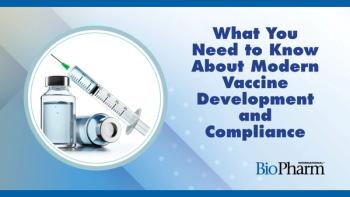
FDA Releases Draft Guidance on Evaluating Abuse Deterrence of Generic Solid Oral Opioid Drugs
The draft guidance outlines ways applicants can test for abuse deterrence in solid oral opioid drugs.
FDA released draft guidance on abuse deterrence for solid oral opioid drugs in March 2016. The draft guidance, titled
According to the
FDA released its
Draft Guidance Recommendations
FDA defines abuse deterrence in opioid drugs in seven distinct categories. These categories include physical/chemical barriers, agonist/antagonist combinations, aversion, delivery system, new molecular entities (NMEs), prodrugs, and combinations and novel approaches. FDA recommends that ANDA applicants follow a tiered approach when conducting comparative in-vitro studies of generic solid oral opioid products. The guidance suggests following tiered levels of solvents in chemical manipulation tests to determine the possibility of extraction of opioid for oral abuse. FDA says level one tests should be conducted with water; level two with commercially available food-grade vinegar, 0.2% baking soda, 40% ethanol, and carbonated drink; and level three with cooling oil, isopropyl alcohol acetone, 0.1 N HCl, and 0.1 H NaOH.
In cases where there are no reliable in-vitro testing methodologies, FDA suggests using pharmacokinetic (PK) studies to evaluate the abuse deterrence of the generic product in comparison to the reference. FDA also says the “applicant may provide supportive data to demonstration compositional proportionality across difference strengths of R [reference] and T [generic] products as justification for not conducting studies” to evaluate strengths.
FDA outlines a tier-based approach for comparing abuse deterrence in generic opioid drug products. These steps involve comparing the percentage of opioid extraction between a reference product, generic product, and control. The guidance notes there may be times where the tier-based approach “cannot adequately capture the complete profile” for the generic product due to inclusion of novel inactive ingredients, use of new technology, and formulation design.
The guidance also provides a detailed outline for ways solid oral opioid products may be mechanically manipulated using household equipment, in addition to ways they may be abused through injection, insufflation, inhalation, and oral ingestion. The agency provides testing methods to combat these types of abuse through comparison of reference and generic products, allowing applicants to more accurately determine abuse deterrence.
Source:
Newsletter
Stay at the forefront of biopharmaceutical innovation—subscribe to BioPharm International for expert insights on drug development, manufacturing, compliance, and more.





